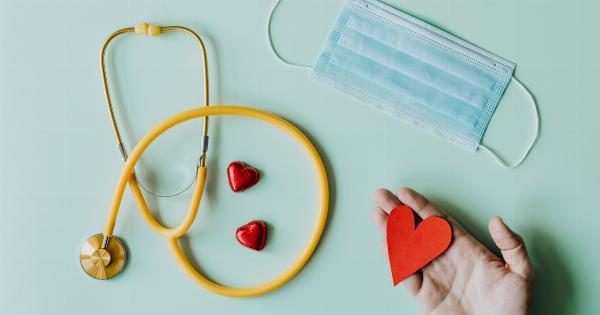Gynecomastia is a condition in which the breast tissue in males becomes enlarged, leading to the appearance of breasts. This can cause distress and embarrassment, and may have a significant impact on a person’s life.
Understanding the causes, symptoms, and treatment of gynecomastia is essential for those dealing with this condition.
Causes of Gynecomastia
There are several factors that can contribute to the development of gynecomastia. Hormonal imbalances, such as an increase in estrogen or a decrease in testosterone, are a common cause.
This can occur naturally during puberty or as a result of certain medical conditions or medications.
Other factors that can contribute to gynecomastia include obesity, as excess fat tissue can convert testosterone into estrogen; liver disease, as the liver is responsible for metabolizing hormones; and certain medications, such as those used to treat prostate cancer or high blood pressure.
Symptoms of Gynecomastia
The primary symptom of gynecomastia is the enlargement of breast tissue in males. This can range from small masses behind the nipple to more significant breast development. In some cases, the breast tissue may be tender or sensitive to the touch.
It’s important to note that gynecomastia is different from pseudogynecomastia, which is a condition in which excess fat tissue makes the breasts look larger. While both conditions can be distressing, they require different treatments.
Diagnosis of Gynecomastia
If a person is experiencing symptoms of gynecomastia, they should schedule an appointment with their healthcare provider.
The healthcare provider will typically perform a physical exam to check for breast tissue enlargement and may order blood tests to check hormone levels.
In some cases, imaging tests such as ultrasound or mammography may be necessary to get a closer look at the breast tissue and rule out other potential causes of breast enlargement.
Treatment of Gynecomastia
The treatment of gynecomastia depends on the underlying cause. In cases where the condition is caused by a hormonal imbalance, hormone replacement therapy may be recommended.
This can help to restore the balance of hormones in the body and reduce or eliminate breast tissue enlargement.
In cases where medications are the cause of gynecomastia, the healthcare provider may recommend switching to a different medication or adjusting the dosage.
Surgery may also be an option for those with significant breast tissue enlargement, especially if it is causing discomfort or embarrassment.
Prevention of Gynecomastia
Preventing gynecomastia can be difficult, as the underlying causes are not always clear. However, certain lifestyle changes may help reduce the risk.
Maintaining a healthy weight through diet and exercise can help reduce the risk of hormonal imbalances, and limiting alcohol and drug use may also be beneficial.
Living with Gynecomastia
Dealing with gynecomastia can be challenging, both physically and emotionally. It’s important for those with gynecomastia to seek support from healthcare providers, family, and friends, and to be open about their condition.
Many people with gynecomastia find that wearing compression garments or special undershirts can help minimize the appearance of breast tissue.
Counseling or support groups may also be helpful for those struggling with anxiety or self-esteem issues related to their condition.
Conclusion
Gynecomastia is a condition that can have a significant impact on a person’s life. Understanding the causes, symptoms, and treatment of gynecomastia is essential for those dealing with this condition.
By seeking out appropriate care and support, people with gynecomastia can manage their symptoms and lead a healthy, fulfilling life.


























